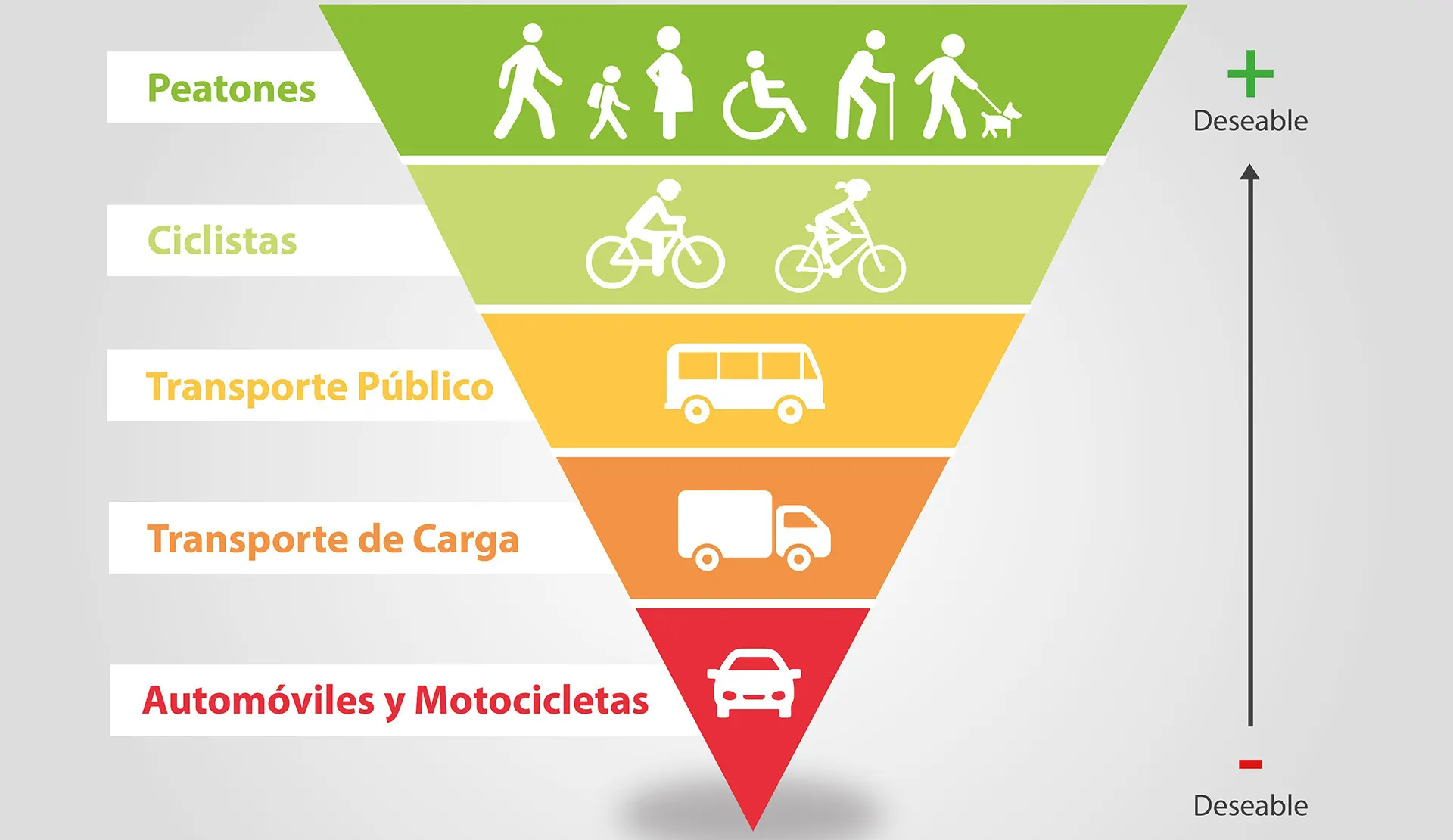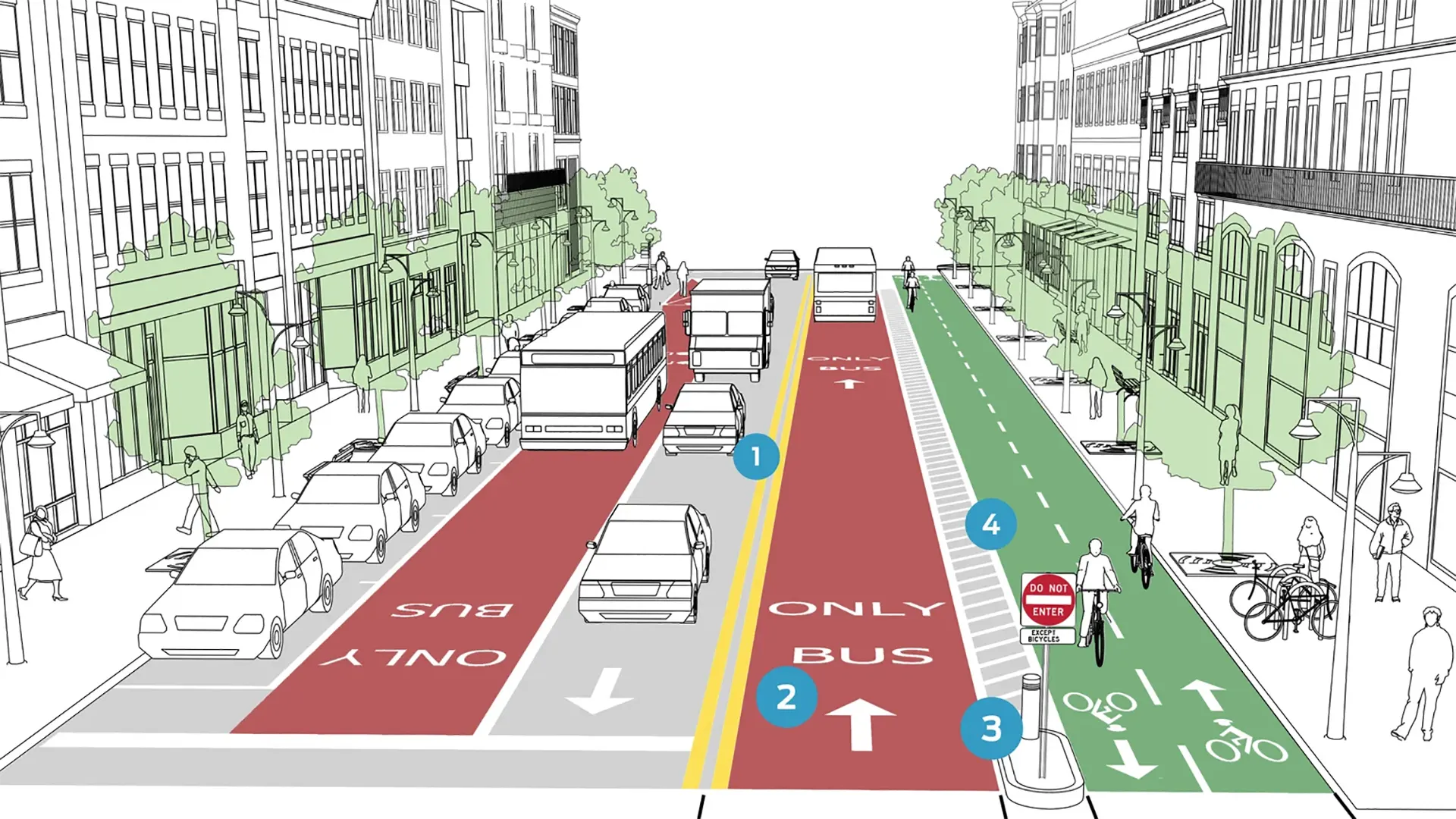Spain’s Metropolitan Mobility Observatory (MMO), an initiative to promote the use of public transport among citizens, analysed in one of its reports the composition of daily trips in cities. It highlighted the predominance of car or motorbike use (accounting for around 60% of journeys), followed by cycling and walking (around 20%) and lastly, public transport (responsible for around 15% of journeys). On the other hand, it is worth noting that, according to the MMO, 50% of car journeys are made for less than 3km. However, university students prefer active physical activity and therefore travel by walking or cycling, or by public transport.
To promote public and sustainable transport, planners and competent authorities need to take action and adapt cities to new mobility trends. In Spain, for example, the Directorate General of Traffic is proposing to create a B1 licence that would allow minors from 16 years of age to drive electric vehicles up to 90 km/h (as is already the case in France). At the same time, diesel and petrol cars will no longer be sold from 1 January 2035.
Measures to promote public and sustainable transport include facilitating the permanent pedestrianisation of streets previously used by cars and the removal of vehicles from city centres at weekends. Another disincentive to car use is the reduction of parking spaces in city centres, whilst providing free, quality parking spaces on the outskirts, with good transport links by bicycle or public transport. Reducing the speed limit to 30 km/h and creating larger cycle lane networks helps to reduce the power that vehicles use, improve safety for cyclists and therefore encourage more people to choose cycling as a means of transport.
By Raúl Soriano, Senior Modeller in the Architecture Department at Amusement Logic







